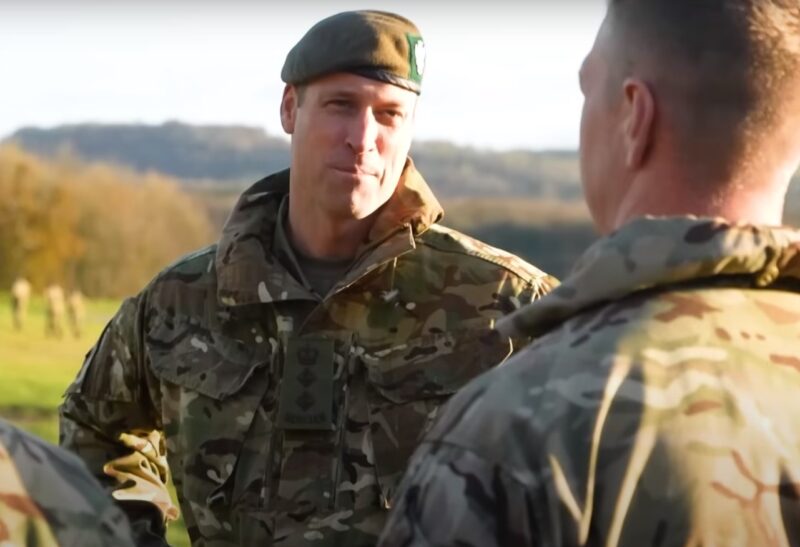Prince William, Duke of Cambridge, has a distinguished history with the British Armed Forces, reflecting a longstanding tradition of royal service in the military. His career in the military is not just a testament to his personal commitment but also echoes the royal family’s enduring connection to the UK’s defense forces.
Prince William’s military journey is particularly noteworthy, as it spans several branches of the Armed Forces, including the Army, the Royal Air Force (RAF), and the Royal Navy. His experiences in these roles have shaped his understanding of the challenges and sacrifices associated with military service.
Prince William’s Military Inclinations
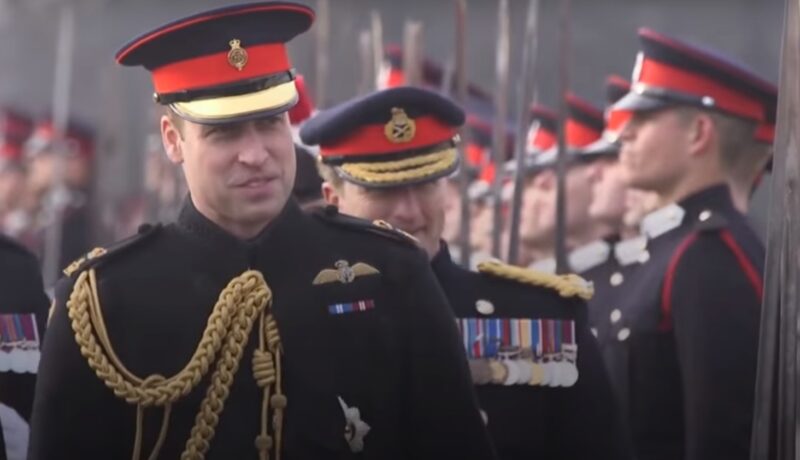
Queen Elizabeth II, Prince William’s grandmother, had clear expectations for her grandsons to serve their country. In the ITV documentary “The Real Crown: Inside the House of Windsor,” General Sir Mike Jackson recalled the Queen’s firm belief that Prince William and Prince Harry should “do their duty” by serving in the Armed Forces.
However, for Prince William, the second in line to the throne at the time, the risk of serving on the frontlines was deemed “too great.” This decision was made to ensure his safety, given his direct succession to the crown. Him wearing a red coat is another indicator he served in the military.
Despite not participating in frontline combat or joining elite forces like the SAS, Prince William’s commitment to serving in other capacities was unwavering. He embarked on a career that spanned over seven years, during which he undertook various roles and responsibilities.
Beginning of Military Career
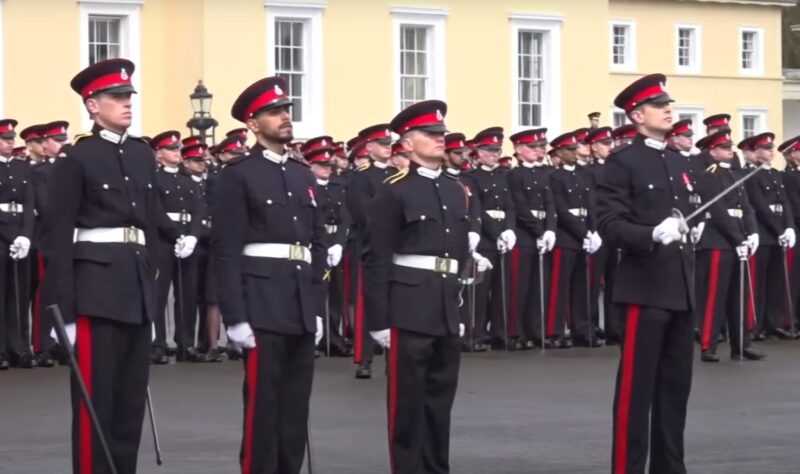
Prince William’s foray into the military began after graduating from the University of St Andrews in Scotland in 2005. He joined the prestigious Royal Military Academy Sandhurst, following in the footsteps of many royal family members who pursued military careers.
Sandhurst is renowned for its rigorous training program, shaping individuals into capable and disciplined officers. After completing a 44-week course as an Officer Cadet, Prince William was commissioned as a British Army officer in December 2006, marking the start of his formal career.
His time at Sandhurst was a transformative experience, instilling in him the values of leadership, duty, and service. The training he received there laid the foundation for his subsequent roles in the military.
It was at Sandhurst that Prince William developed a deeper appreciation for the sacrifices made by service members and their families, an understanding that would influence his later work with veterans and military charities.
| Date | Rank |
|---|---|
| 8 January 2006 | Officer Cadet |
| 16 December 2006 | Cornet (Second Lieutenant), The Blues and Royals (short service commission) |
| 16 December 2006 | Lieutenant, The Blues and Royals |
| 1 January 2009 | Captain, The Blues and Royals (transferred to a full regular commission) |
| 1 January 2016 | Major |
Service in the Household Cavalry
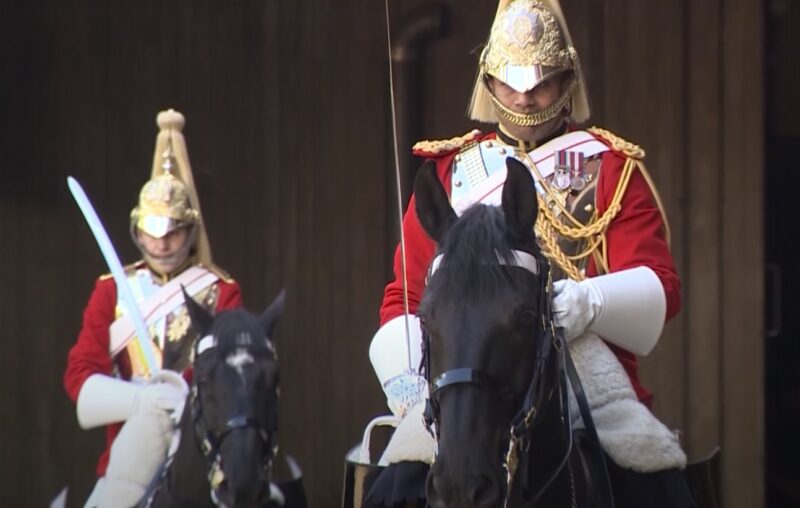
Upon commissioning, Prince William joined the Household Cavalry, specifically the Blues and Royals, as a second lieutenant. In this role, he commanded a troop of four Scimitar armored reconnaissance vehicles, a position that required both leadership and tactical acumen.
He was later promoted to the rank of lieutenant, reflecting his competence and dedication to his duties. The Household Cavalry is one of the oldest and most prestigious regiments in the British Army, with a history dating back over three centuries.
Serving in this regiment, Prince William was part of a legacy of excellence and tradition. His time with the Household Cavalry was not only about fulfilling his military role but also about upholding the traditions and standards of one of the Army’s most respected units.
RAF and Royal Navy
In 2008, Prince William expanded his military experience by undertaking attachments to the Royal Air Force and the Royal Navy. This cross-service experience is not uncommon in the British Armed Forces and allows officers to gain a broader understanding of different combat operations.
His four months with the RAF were focused on learning to pilot helicopters and fixed-wing aircraft, skills that would later define his role as a search and rescue pilot.
| Date | Rank |
|---|---|
| 1 January 2008 | Flying Officer |
| 1 January 2009 | Flight Lieutenant |
| 1 January 2016 | Squadron Leader |
His time with the Royal Navy included shore training and navigation exercises with sailors and the Royal Marines.
| Date | Rank |
|---|---|
| 1 January 2008 | Sub-lieutenant |
| 1 January 2009 | Lieutenant |
| 1 January 2016 | Lieutenant Commander |
These experiences provided Prince William with a well-rounded perspective of military operations, both in the air and at sea. His interest in flying, sparked during his time with the RAF, would lead him to one of his most notable roles in the military.
A Dedicated Search and Rescue Pilot
In 2009, Prince William trained as a search and rescue pilot with the Royal Air Force. Passing his exams, he joined C Flight, 22 Squadron, at RAF Valley in Anglesey as Flight Lieutenant Wales. Over three years, he conducted 156 operations, demonstrating his skill and dedication to this demanding role.
His deployment to the Falkland Islands and qualification as an operational Captain further underscored his commitment to the service. As a search and rescue pilot, Prince William was directly involved in life-saving missions, often in challenging and dangerous conditions.
This role required not only technical skill but also a strong sense of empathy and a commitment to helping others in distress. His service in this capacity highlighted a more personal and hands-on approach to his military career, directly impacting the lives of those he helped rescue.
Transition to Air Ambulance Service
After leaving operational duties with the Armed Forces, Prince William retrained to become an air ambulance pilot. From March 2015, he worked with the East Anglian Air Ambulance for more than two years, a role he described as being “one of the team.”
This transition from military to civilian emergency service was a natural progression for him, utilizing his skills as a pilot to continue serving the community. His time as an air ambulance pilot was marked by a sense of humility and teamwork.
Prince William often spoke about the importance of the collective effort in emergency services and the impact of their work on individuals and families. This role allowed him to continue his service in a different but equally meaningful capacity, contributing to life-saving efforts on a daily basis.
Continuing Military Affiliations
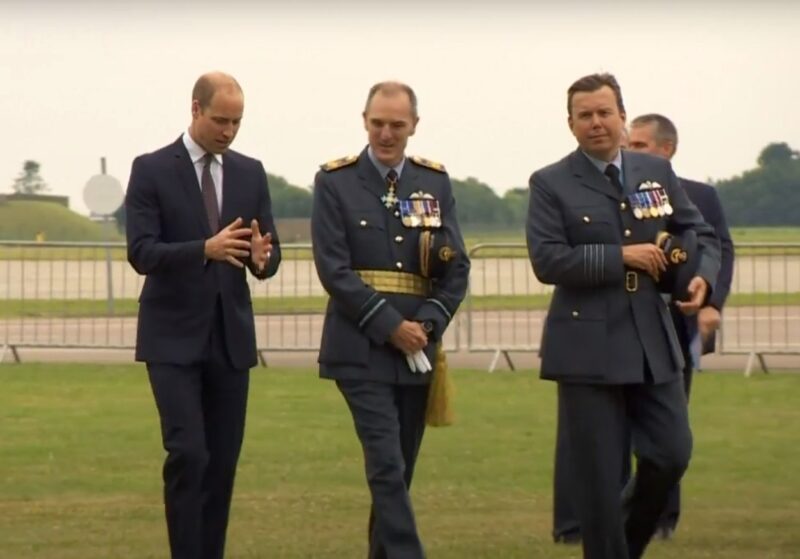
Even after his active service, Prince William maintains strong ties to the military. He is the patron of the Royal Air Force Battle of Britain Memorial Flight and the Honorary Air Commandant of Royal Air Force Coningsby.
These roles allow him to continue his involvement with the Armed Forces, honoring the history and legacy of military service. His participation in ceremonies, such as Trooping the Colour, and his support for service personnel transitioning to civilian life, highlight his ongoing commitment to the military community.
Prince William’s military career may have concluded, but his connection to the Armed Forces remains a significant and enduring aspect of his public life. He was awarded with a number of awards
| Date Awarded | Award |
|---|---|
| 6 February 2002 | Queen Elizabeth II Golden Jubilee Medal |
| 6 February 2012 | Queen Elizabeth II Diamond Jubilee Medal |
| 6 February 2022 | Queen Elizabeth II Platinum Jubilee Medal |
FAQs
Which royals actually served in the military?
Several royals have served in the military, including Prince William, Prince Harry, Prince Charles, and Prince Philip. They have held various positions in different branches of the armed forces.
Who has a higher military rank, William or Harry?
Prince Harry achieved a higher military rank, reaching the position of Captain in the British Army.
Did Prince Charles serve in the Army?
Yes, Prince Charles did serve in the military. He served in both the Royal Navy and the Royal Air Force, holding various positions including a helicopter pilot and commanding a ship during his service from 1971 to 1976.
Closing Thoughts
Prince William’s military career, spanning over seven years, reflects a profound commitment to his country and a deep respect for the armed forces. His journey from the Royal Military Academy Sandhurst to his service in the Household Cavalry, and later as a search and rescue pilot, showcases a dedication that goes beyond royal duty.
His decision to retrain as an air ambulance pilot further emphasizes his desire to serve the community in a meaningful way.
